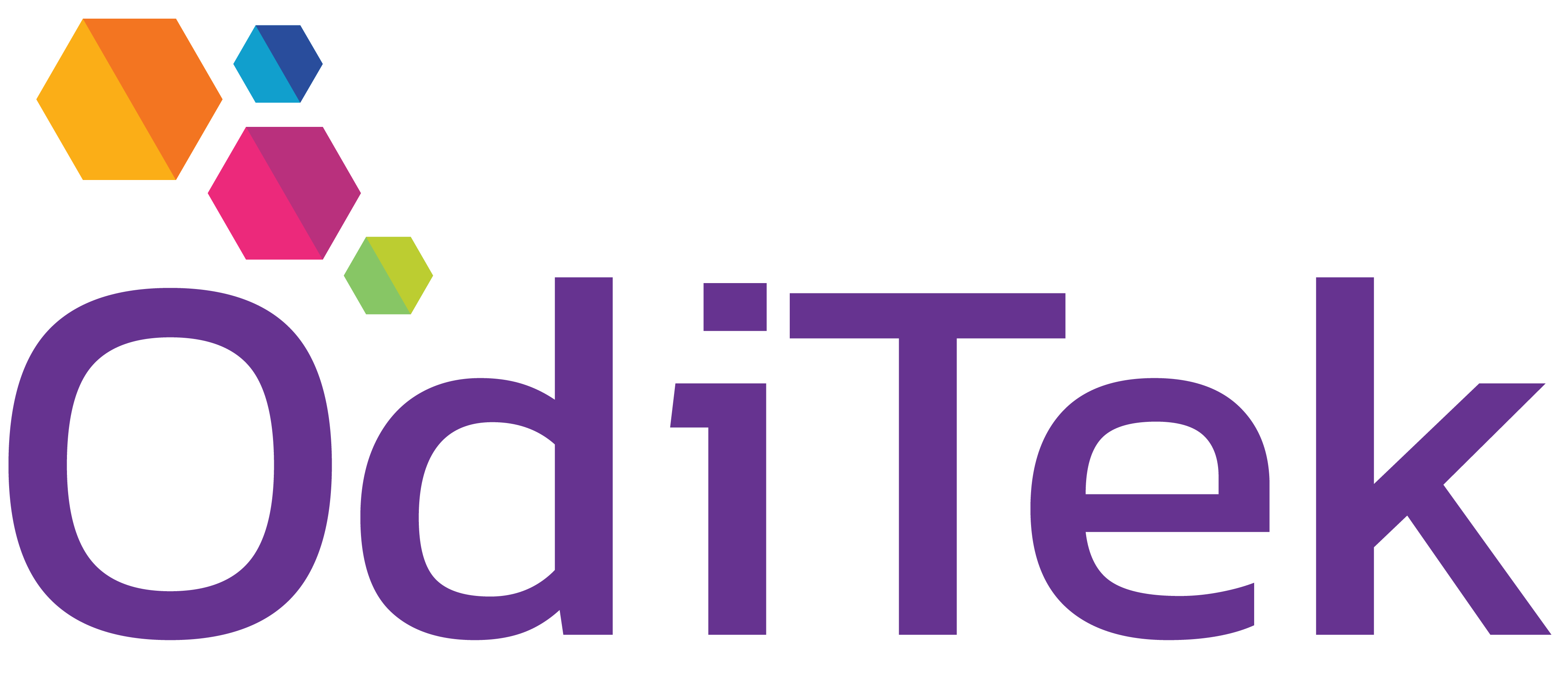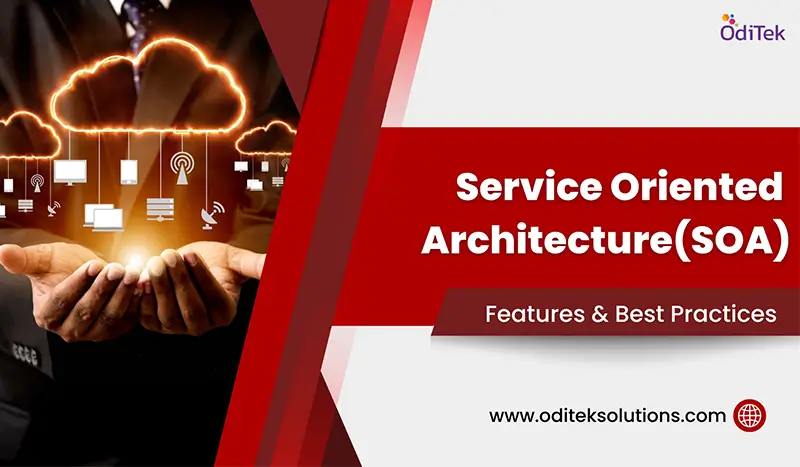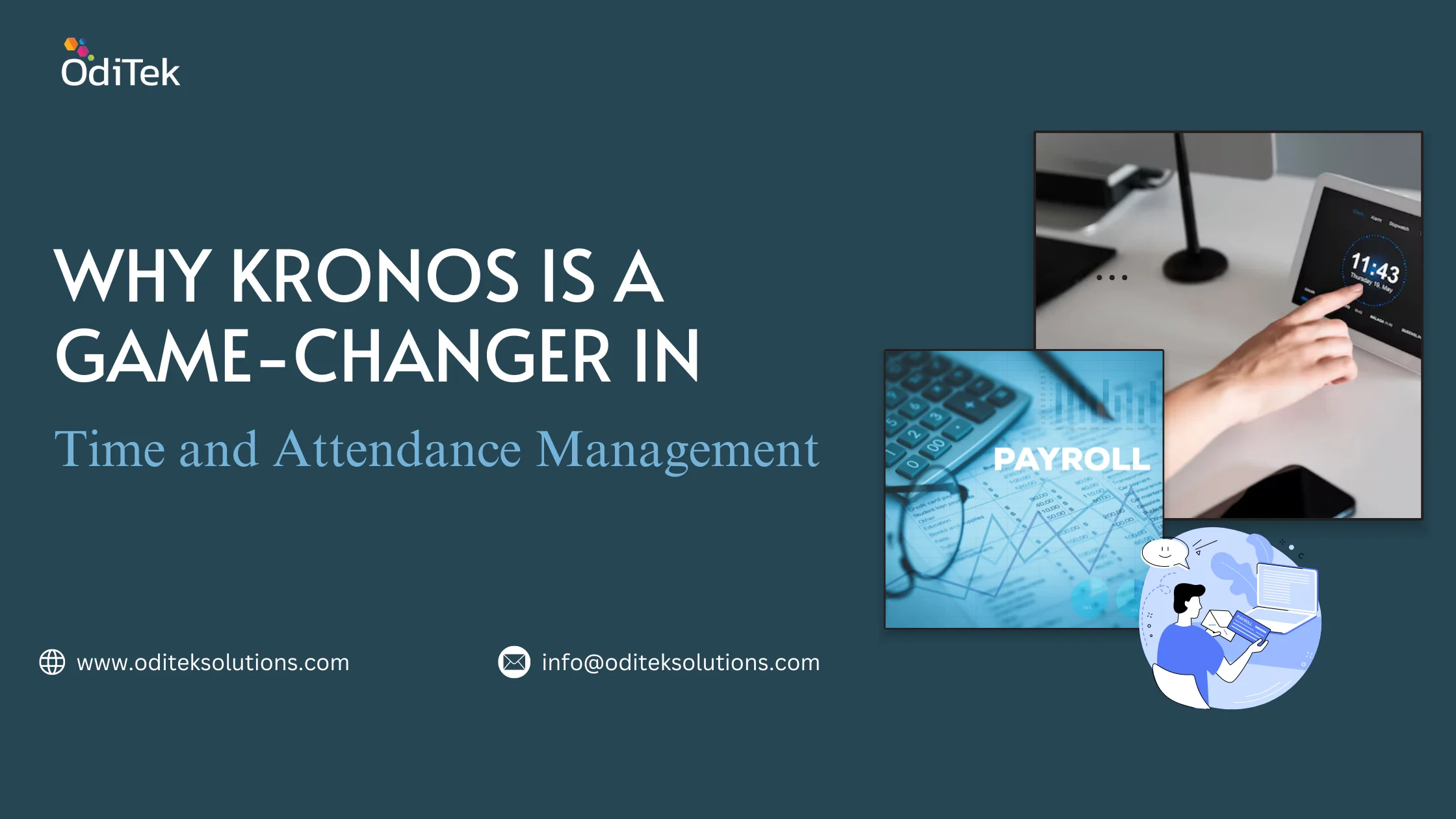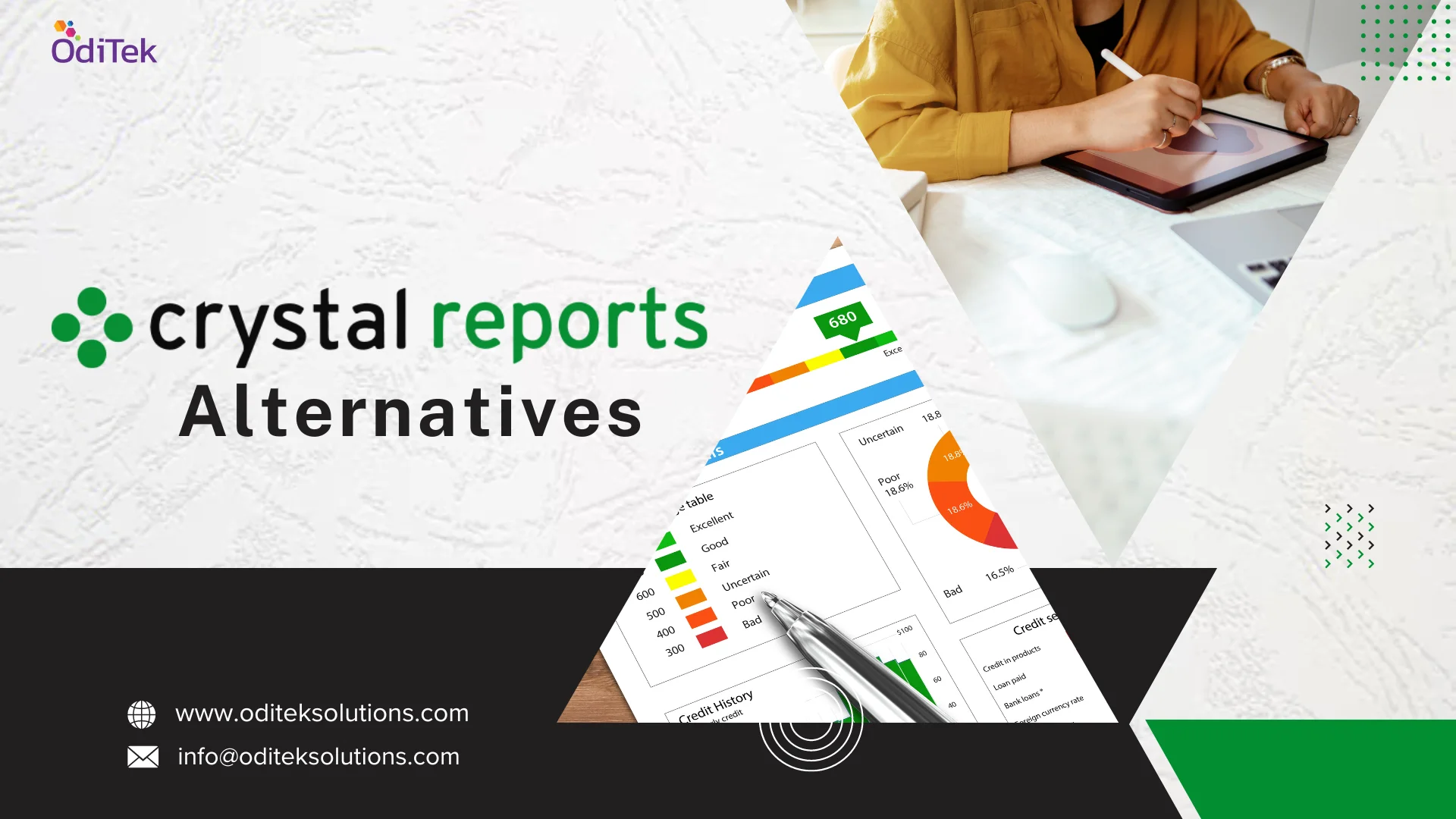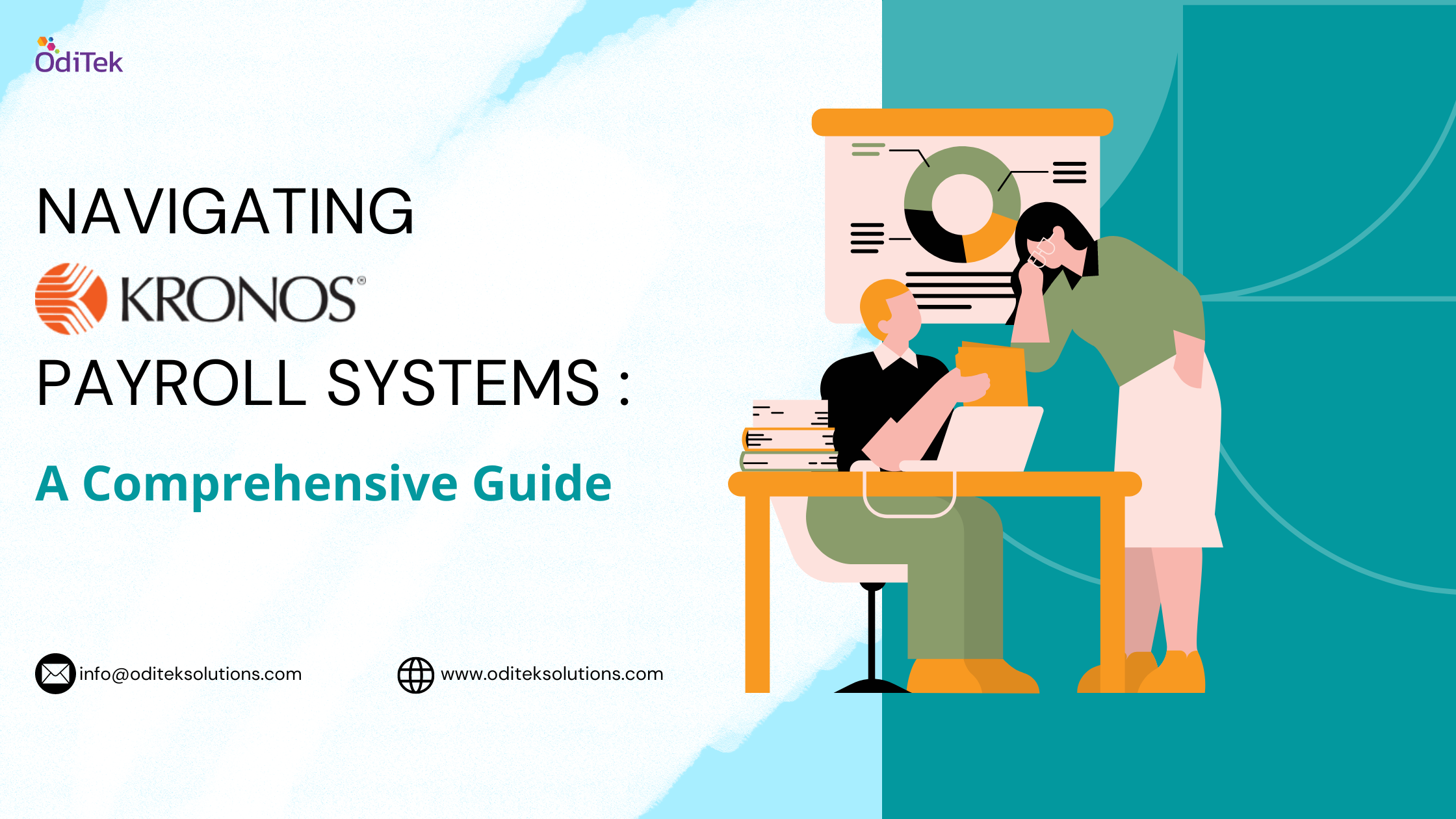Service-Oriented Architecture (SOA) platform is a lasting software approach. It simplifies complex technology trends by separating software into independent parts (services) that work together. The goal is to create a flexible and adaptable system, connecting everything in a business—applications, data, partners, and customers. SOA platform is about making businesses agile in the face of modern challenges. The key is choosing the right technology platform to ensure immediate impact and future adaptability, thus fortifying businesses for sustained growth and evolution.
Why Service-Oriented Architecture (SOA) platform?
Service-oriented architecture revolutionized infrastructure architecture and application development by shifting from traditional, complex, and redundant application-based models to a modular approach centred around services. Before SOA, enterprises struggled with multiple in-house applications duplicating functionalities, leading to inefficiencies, and slowed development. SOA platform introduced a paradigm where infrastructure is designed around reusable, small units called services. Developers can now orchestrate these services to create new applications without redundant code, fostering agility and cost-effectiveness. The breakthrough of the SOA platform was to design infrastructure architecture around services rather than entire applications.
In such an architecture, the emphasis is on creating components called services, which are small, discrete units of software that provide specific functionality and can be reused in every application. SOA breaks down data silos scattered across diverse applications in both on-premises and cloud environments, promoting interoperability and streamlined automation of business processes.
Overall, the Service-oriented architecture (SOA) platform empowers enterprises to stay competitive, adapt swiftly to market dynamics, and optimize their IT ecosystems.
SOA Best Practices
Choosing the right Service-Oriented Architecture (SOA) solution for mission-critical environments requires careful consideration. Many enterprises make the mistake of diving into extensive and expensive IT projects without fully evaluating their overall business objectives, technical needs, and project requirements. To ensure success, it is crucial to follow SOA best practices and conduct a thorough assessment before committing to a specific SOA solution implementation approach. This includes understanding business goals, considering technical aspects, and aligning the chosen solution with project requirements to avoid unnecessary costs and maximize the benefits of the SOA platform.
1. Business Objectives
1.1. Industry Adaptation
Refers to the ability of businesses to evolve and adjust to changing circumstances, new strategies, processes, and technologies to stay competitive in their respective markets.
1.2. Efficient Current and Future Solutions
Refers to strategies or methods that effectively address emerging challenges while also considering and preparing for upcoming needs or problems.
1.3. New Service Offerings
What new business services, such as SaaS or APIs, do I plan to offer, and does my infrastructure support their implementation?
1.4. Infrastructure Flexibility
The ability of a system, network, or architecture to adapt, scale, or underlying technological and physical components efficiently in response to changing demands and conditions.
1.5. Return on Investment (ROI)
Which SOA solution offers the best return on investment, considering both immediate and long-term gains?
2. Technical Considerations
2.1. Technology Compatibility
Does my chosen SOA solution offer the support ability of different technologies or systems to work seamlessly together, ensuring interoperability and efficient communication between them?
2.2. Integration Capabilities
How does my SOA solution integrate on-premises and cloud applications? Can it seamlessly connect both types of endpoints on a unified platform?
2.3. Vendor Flexibility
SOA solution refers to the ability of an organization to easily integrate and adapt third-party software or services within its architecture, fostering agility and responsiveness to changing business needs.
2.4. Security Measures
SOA solution provides measures encompassing strategies implemented protocols, technologies, and practices designed to safeguard the integrity, confidentiality, and availability of services, ensuring a secure and resilient computing environment.
2.5. Interoperability
exchange data and utilization of services and data among different systems and platforms, ensuring effective communication and collaboration across diverse components.
2.6. Performance Metrics
How does the SOA solution measure and optimize performance, and what tools are available for monitoring and managing the system’s health?
2.7. Training and Skill Requirements
What are the training and skill requirements for implementing and maintaining the SOA solution, and does my team possess or need to acquire these skills!!
3. Project Requirements
3.1. Implementation Timeline
SOA platform implementation Timeline refers to a structured plan outlining the phases and schedule for executing the development, deployment, and integration of services within the architecture.
3.2. Cost Considerations
What are the upfront licensing costs of the SOA solution? What is the total cost of ownership (TCO), encompassing additional hardware and software costs, ongoing maintenance, developer training, etc.?
3.3. Staffing Strategy
Staffing strategy in the context of the SOA platform involves planning and implementing the allocation of human resources to effectively design, support the development, and maintain the SOA functions and services within an organization.
3.4. External Expertise
SOA solutions refer towards specialized knowledge or skills from third-party sources or individuals outside the organization to enhance and optimize Service-Oriented Architecture implementations.
3.5. Scalability Planning
solutions involve designing systems to efficiently handle increased demands and growth by expanding or adapting infrastructure, ensuring seamless performance and accommodating evolving business needs.
3.6. Risk Assessment
What are the potential risks and challenges associated with the SOA platform implementation, and what mitigation strategies are in place?
3.7. Integration Testing
How will integration testing be conducted to ensure seamless connectivity and functionality across different components and services?
3.8. Documentation
Project documentation be managed to facilitate future maintenance, updates, and knowledge transfer within the organization for implementation of services for effective architecture management.
3.9. Regulatory Compliance
The project aligns with regulatory requirements, and what measures are in place to ensure compliance throughout the implementation process.
Boomi Atmosphere Platform – Enable SOA Platform Best Practices:
Boomi Platform, stands out as a dynamic solution for Service-Oriented Architecture (SOA) solution implementation, presenting a robust alternative to enable seamless integration. Positioned as a leading integration platform, Boomi Platform is well-aligned for both bottom-up and hybrid approaches to SOA best practices, empowering enterprises to swiftly initiate their journey while laying a robust foundation for incremental adoption.
With the Boomi Platform, enterprises can harness a range of capabilities:
1. Efficient Integration of Existing Systems: Expose and integrate existing systems as services, maximizing the value of current IT investments.
2. Address Immediate Integration Challenges: Tackle immediate integration challenges while establishing a resilient backbone for broader SOA initiatives.
3. Pace of Implementation: Implement the SOA platform at a pace that aligns with specific business needs, avoiding unnecessary disruptions.
4. Unified Integration across Environments: Seamlessly connect on-premises, cloud, and Software as a Service (SaaS) applications on a unified integration platform.
5. Develop Once, Deploy Anywhere: Leverage consistent and user-friendly development tooling to develop once and deploy anywhere.
Unlike heavyweight SOA best practices stacks, the Boomi Platform is known for its lightweight and flexible nature, simplifying the complexity of integration. As an open, best-of-breed platform, it can be utilized standalone or in conjunction with other components for building Service-oriented architecture (SOA) platform projects. Boomi Platform is designed for easy learning and understanding, enabling any developer to become productive swiftly without the need for specialized training. When combined with Dell Boomi’s iPaaS integration platform, it provides a unified solution for connecting diverse elements, making it a powerful choice for enabling SOA solutions within your organization.
Over a multitude of industries, more than 15,000 organizations trust Boomi Platform to connect their applications, data, and devices. Join this growing community in adopting a modern approach to the SOA platform. Dell Boomi can assist in evaluating your SOA challenges and objectives, supporting the development of an agile architecture to ensure success in the coming years.
Conclusion
Service-Oriented Architecture (SOA) platform stands as a resilient and enduring software approach that simplifies technology challenges by breaking down software into reusable services. This fosters flexibility, efficiency, and adaptability, enabling organizations to stay competitive and agile in a rapidly changing environment. By choosing the right technology platform for SOA best practices, organizations can ensure immediate impact and future-proof their systems for sustained growth. SOA is the key to streamlining operations, promoting interoperability, and optimizing IT ecosystems in the modern technological challenges.
At OdiTek, we understand the critical role of the SOA in today’s digital era. Our expertise in Boomi ensures that businesses can navigate this complex terrain effectively.
